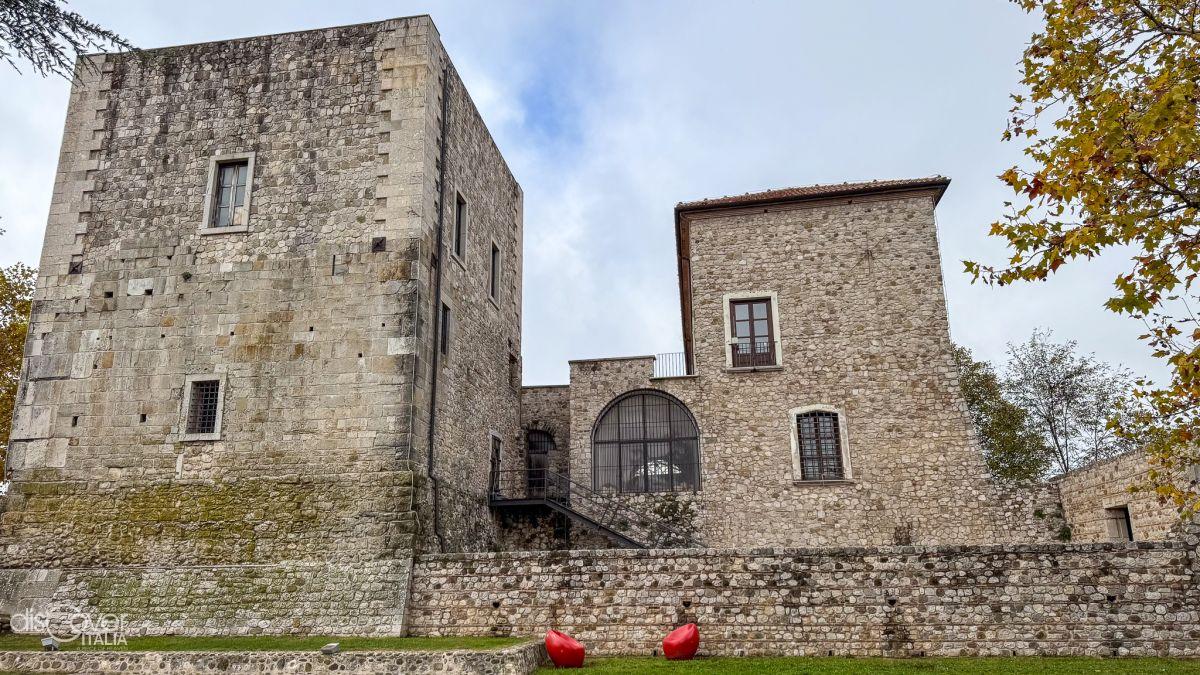Dominating the village since the 9th century is the mighty Castello degli Imperiale or Imperiali, built for defensive purposes on top of the hill, guarding the northern border between the Principalities of Benevento and Salerno.
The Lombard fortress was expanded by the Normans, who incorporated the original structure into the new one.  A further transformation took place in the 18th century by the new lords, the Imperial princes of Genoa, who were interested in converting the fortress into a prestigious residence. The use of the castle changed again after the Unification of Italy, when a court and prison were allocated there in 1862. Restoration after the last earthquake in 1980 involved consolidation of the vaults and floors. Carefully restored, today it houses, on the second floor, the Museo dell'Opera, with all the ancient artifacts recovered from the Cathedral of St. Antonino that originally stood there; and, on the second floor, the Museo dell'Emigrazionee della Civiltà contadina, with more than two hundred pieces that tell the story of the country's agriculture and the phenomenon of emigration.
A further transformation took place in the 18th century by the new lords, the Imperial princes of Genoa, who were interested in converting the fortress into a prestigious residence. The use of the castle changed again after the Unification of Italy, when a court and prison were allocated there in 1862. Restoration after the last earthquake in 1980 involved consolidation of the vaults and floors. Carefully restored, today it houses, on the second floor, the Museo dell'Opera, with all the ancient artifacts recovered from the Cathedral of St. Antonino that originally stood there; and, on the second floor, the Museo dell'Emigrazionee della Civiltà contadina, with more than two hundred pieces that tell the story of the country's agriculture and the phenomenon of emigration.




Comments powered by CComment